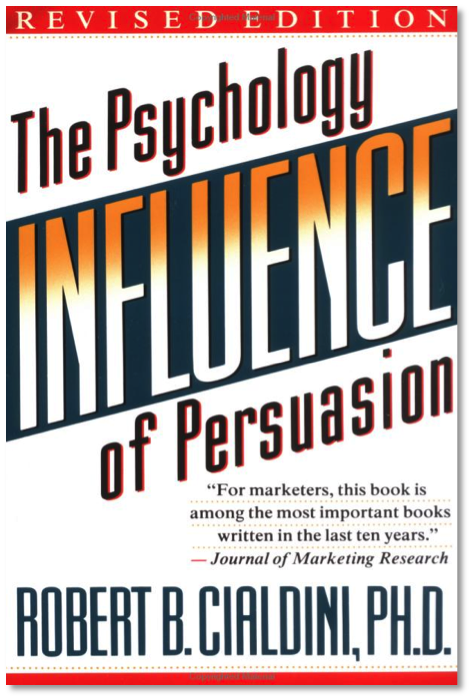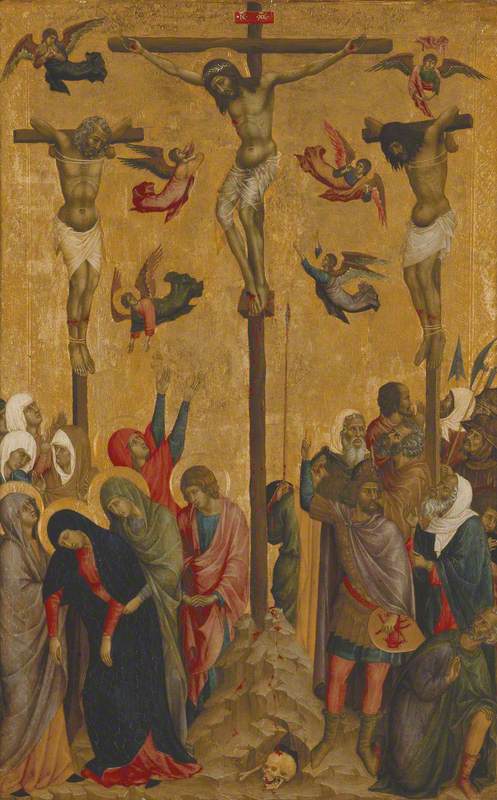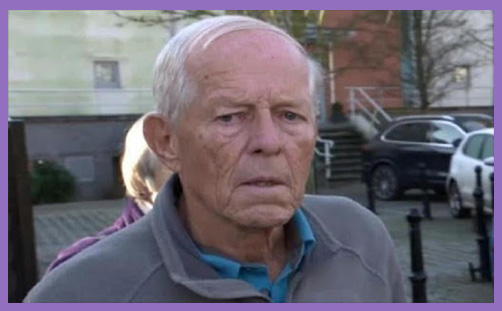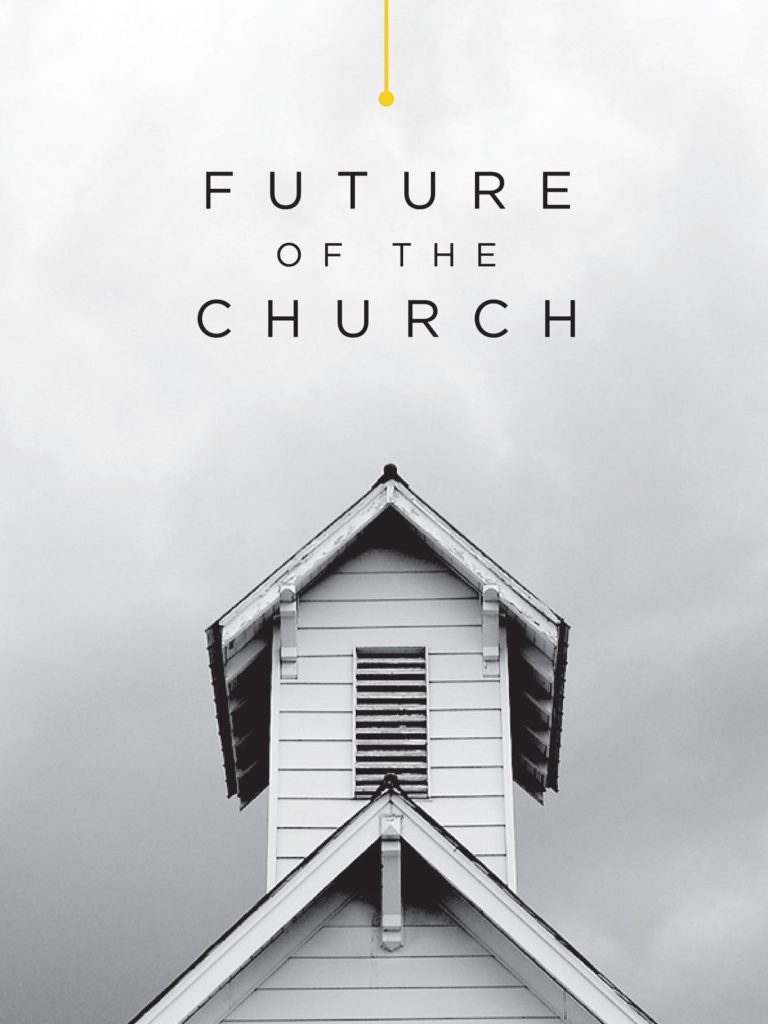
In the last piece, I wrote about the way our capacity for independent thinking is often compromised by external influences. We may experience these at any moment of our lives. This was an idea that I lifted from my reading some twenty years ago of a book, Influence, Science and Practice by Robert Cialdini. The book was first published in 1984 and has proved to be a classic of social psychology. It has been very influential among religious students and sales experts alike. Those who study cults of various kinds also quote it frequently. The ideas contained within it have stood the test of time well. Cialdini’s basic idea can be stated very simply. To persuade or influence another person, you need to apply one or more of six principles of social influence. These are, using merely the headings, reciprocity, commitment and consistency, social proof, authority, liking and scarcity. I do not have the space to explore what each of these principles involves, but to give a flavour of how they work, I can take one topical example. People, in a pandemic like the current one, are easily persuaded by the rumour that there is a scarcity of loo rolls in the shops. This rumour then creates its own momentum and the shelves are quickly stripped bare of this commodity. The sight of empty shelves brings into operation a second principle of influence, social proof. Everyone else is doing it, so we continue to be convinced that we need to go on hoarding. In spite of there never having been a real shortage, these two examples of social influence at work have resulted in irrational behaviour (and a shortage of a commodity!) by large numbers of people.
Cialdini’s ideas on influence can be applied in many different situations and contexts. People want to be liked, to be consistent etc., but we can easily imagine situations where fitting in with others in accordance with one or other of Cialdini’s principles will be competing with ordinary rational judgement. I have noticed that such a strong attack on our individual decision making may happen when we join a committee. Most of the time committee consensus-making is a thoroughly normal and healthy process. We need individuals within the group to shift their opinions so that joint decisions can be made, and agreed action taken. There is nothing wrong with compromise most of the time and the world cannot go forward without this give and take in people’s opinions. But the situation can arise when the majority on a committee is in fact wrong. What happens when a person on a committee, with expert knowledge or access to correct information, is overruled by a majority? Some of Cialdini’s principles of influence operate extremely powerfully in a committee situation. The expert, the person who knows what he/she is talking about, can easily be crushed by the weight of contrary opinion, even when it is applied with a smile and the tools of charm. He/she may continue to fight against the odds. More likely the outnumbered ‘expert’ will quietly give up on opposition on the grounds that it is uncomfortable, even painful, to be a minority of one. Social influence principles will normally ensure that the tough dogged independent and feisty person will in the end become the pliant subservient committee member who agrees with the majority view, even when it is wrong.
Cialdini, writing in the 1980s, does not appear to give a lot of attention to the social psychology of group committee work. He seemed much more interested in the effect of these influences on individuals as consumers or workers. I intend to suggest what I have noted of his ideas so far applies to some current safeguarding issues within the Church of England. Speaking about this ‘industry’ in very general terms, I have noted and commented before on the fact that there seems at present to be a deep conflict at the heart of all church safeguarding work. This is in the fact that the needs and interests of survivors of abuse are pulling in one direction and this is completely at odds with the desire for the Church to preserve material assets and reputation. Ian Elliot wrote about this tension back in 2016 when he said in his report: Emphasis should be placed on ensuring that financial considerations are not given a priority that conflicts with the pastoral aims of the Church when engaging with survivors of abuse. If someone new with a firm grasp of the psychological needs of survivors and the importance of justice does join a safeguarding committee, what happens? It is hard to see how they can survive with their original idealism and concern for survivors intact in the face of the group influence which is pulling the opposite direction. Several of Cialdini’s principles of social influence will be brought to bear on the minority voice. They then have the choice either to leave or to submit to the overpowering influence of the majority.
In my conversations with Gilo, he has, on occasion, referred to this process going on. Hitherto independent individuals have joined the safeguarding establishment of the Church of England. They then become ‘hoovered up’ (Gilo’s expression) by the committee system at work in this process. After a period, they reappear as compliant creatures of the established pro-institution perspective. ‘Big Brother’, however we define that, has made them into his own. Among the ‘victims’ of this ‘influence’ process are some high-ranking church men and women whom I hesitate to name. The better informed of my readers can make good guesses at to their identity. The problem, at its heart, is that safeguarding has not established firm boundaries as to what its priorities are. Is it about the need of victims or the preservation of the assets and reputation of the established Church? As long as this fundamental question is not answered, there will always be unresolved and unresolvable conflict within the committees in Church House and among Safeguarding committees throughout the country. A particular problem arises for the so-called core groups which I understand are set up to deal with individual cases of abuse. According to my information, these are set up without any representation for the survivors themselves or their representatives. How they believe that they can resolve these cases justly without listening to the survivors’ voice is beyond me. All too often the individuals’/survivors’ interests are in this way going to be crushed under the weight of the grinding wheel of institutional interests because that is the easier option for those with the power.
Cialdini’s work demonstrated that all individuals are susceptible to influence of different kinds, making it sometimes impossible to resist. In the Church we have noted that the desire to preserve and protect power will sometimes be working against justice and compassion for individuals. Typically these stronger forces seem to prevail. My understanding of the way social pressure operates, makes me sympathetic towards those who find themselves defeated in committee work. Their former ideals cannot resist the power of the group that is too strong for them. What I do find puzzling is that there does not yet seem to be any conversation about ethical issues within the Church’s safeguarding enterprise. Are there really so few of us who are suggesting that the work of the past five years of safeguarding has been severely compromised in its failure to defend survivors better? How much longer do we have to wait before somebody at the top of the Church of England realises how self-defeating it is to try to do such incompatible things at the the same time. Until the Church is really clear about its priorities and what it really wants to do in the area of safeguarding, there will always be frustration and failure. We have, sadly, seen a great deal of these over the past five years.









